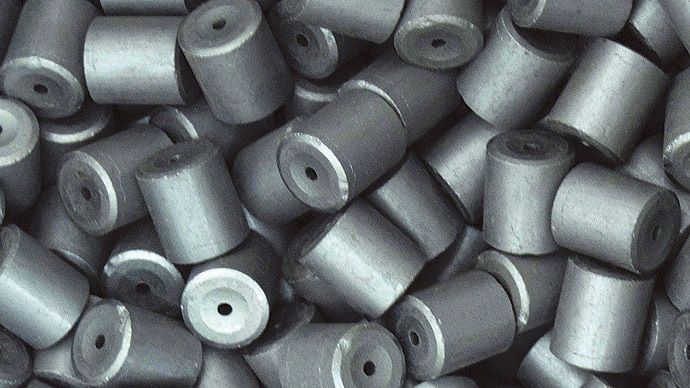Oct 14, 2015
If it works, this could power everything
Posted by Sean Brazell in category: nuclear energy
The sun powers itself through nuclear fusion. CNN’s Rachel Crane explores whether we could power everything on Earth the same way.

The sun powers itself through nuclear fusion. CNN’s Rachel Crane explores whether we could power everything on Earth the same way.
An illustration of a tokamak with plasma (credit: ITER Organization)
Fusion reactors could become an economically viable means of generating electricity within a few decades, replacing conventional nuclear power stations, according to new research at Durham University and Culham Centre for Fusion Energy in Oxfordshire, U.K.
The research, published in the journal Fusion Engineering and Design, builds on earlier findings that a fusion power plant could generate electricity at a price similar to that of a fission plant and identifies new advantages in using new superconductor technology.
Fusion energy may soon be used in small-scale power stations. This means producing environmentally friendly heating and electricity at a low cost from fuel found in water. Both heating generators and generators for electricity could be developed within a few years, according to research that has primarily been conducted at the University of Gothenburg.
Nuclear fusion is a process whereby atomic nuclei melt together and release energy. Because of the low binding energy of the tiny atomic nuclei, energy can be released by combining two small nuclei with a heavier one. A collaboration between researchers at the University of Gothenburg and the University of Iceland has been to study a new type of nuclear fusion process. This produces almost no neutrons but instead fast, heavy electrons (muons), since it is based on nuclear reactions in ultra-dense heavy hydrogen (deuterium).
“This is a considerable advantage compared to other nuclear fusion processes which are under development at other research facilities, since the neutrons produced by such processes can cause dangerous flash burns,” says Leif Holmlid, Professor Emeritus at the University of Gothenburg.
A cutaway view of the proposed ARC reactor (credit: MIT ARC team)
MIT plans to create a new compact version of a tokamak fusion reactor with the goal of producing practical fusion power, which could offer a nearly inexhaustible energy resource in as little as a decade.
Fusion, the nuclear reaction that powers the sun, involves fusing pairs of hydrogen atoms together to form helium, accompanied by enormous releases of energy.
Continue reading “MIT designs small, modular, efficient fusion power plant” »
Lasers vaporize radioactive material and cause a fusion reaction — in effect, a small thermonuclear explosion (credit: Patent Yogi/YouTube)
What would you have done to stop catastrophic events if you knew in advance what you know now.
We have the moral obligation to take action in every way we can.
The future is in our hands. The stakes are the highest they have ever been. The Large Hadron Collider developed by the European Centre for Nuclear Research (CERN) is a dangerous instrument. The start-up April 5 has initiated a more reckless use of LHC’s capabilities.
Continue: http://www.globalresearch.ca/the-large-hadron-collider-ultim…on/5442232
Continue reading “CERN-Critics: LHC restart is a sad day for science and humanity!” »
RT

Russia’s ‘Breakthrough’ energy project enables closed a nuclear fuel cycle and a future without radioactive waste. The first batch of MOX nuclear fuel has been manufactured for the world’s only NPP industrially power generating breeder reactors.
The first ten kilograms of the mixed-oxide fuel (MOX) — a mixture of plutonium and uranium dioxides (UO2 and PuO2), have been industrially produced by Russia’s nuclear monopoly, Rosatom, at the Mining & Chemical Combine (GKhK) in the Krasnoyarsk region.
By Justin Huggler, Berlin — The Telegraph

Twenty-eight years after the Chernobyl nuclear disaster, its effects are still being felt as far away as Germany – in the form of radioactive wild boars.
Wild boars still roam the forests of Germany, where they are hunted for their meat, which is sold as a delicacy.
Continue reading “Radioactive wild boar roaming the forests of Germany” »
